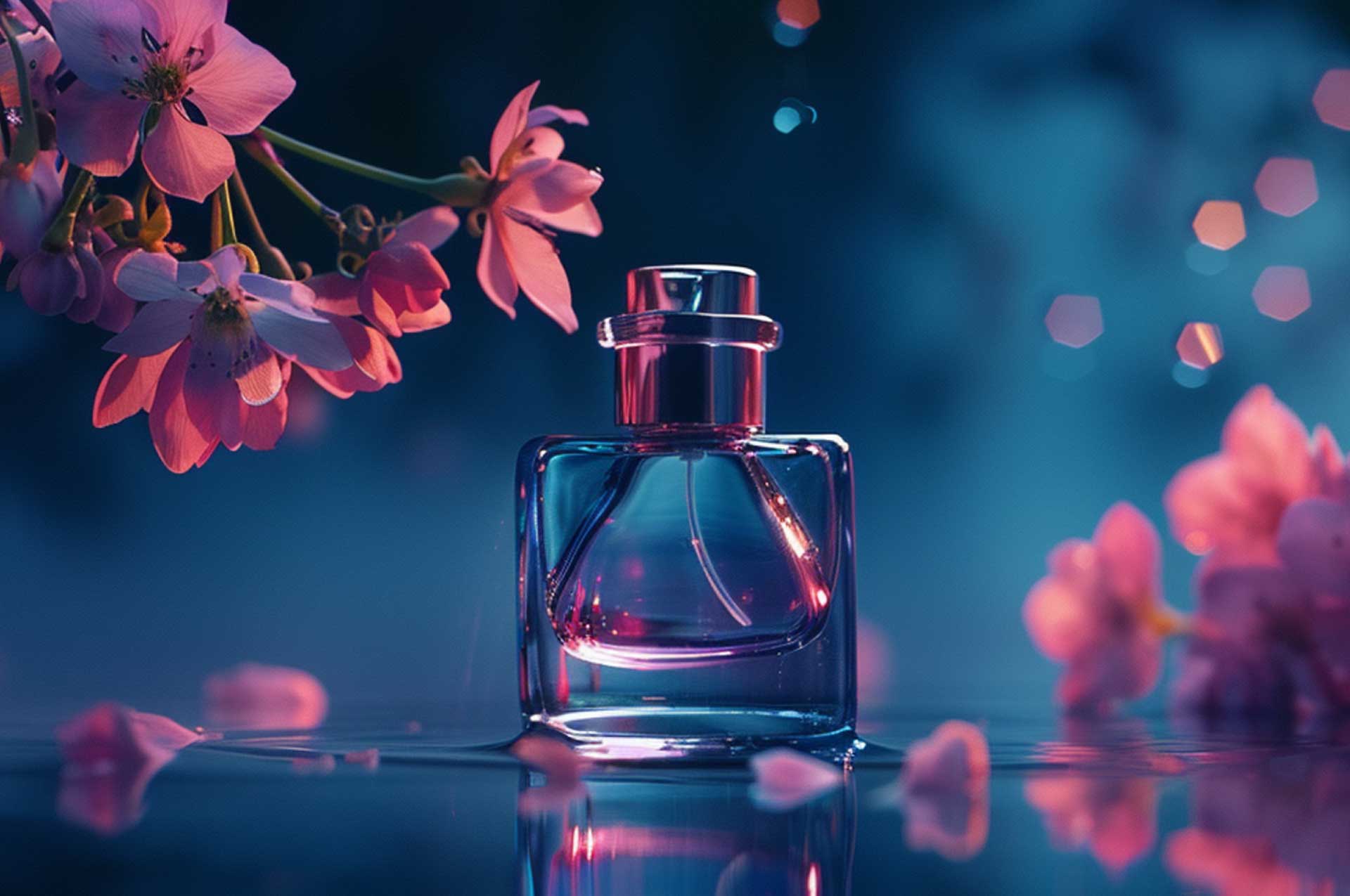From the sacred temples to the royal courts, fragrances have held a revered place in Indian culture for millennia. The ancient science of perfumery in India is a fascinating tapestry woven with spiritual traditions, natural ingredients, and intricate techniques passed down through generations. Let’s embark on an aromatic journey through the cultural significance and history of fragrance in this ancient land.
The Origins of Indian Perfumery
The roots of Indian perfumery can be traced back to the ancient Vedic texts, which mention the use of fragrant materials like sandalwood, saffron, and rose in religious ceremonies and rituals. The Arthashastra, a treatise on statecraft written by Kautilya during the Maurya Empire (322-185 BCE), provides detailed descriptions of perfume-making processes, indicating the advanced level of perfumery knowledge at the time.
Throughout history, fragrances have been intimately intertwined with Indian spirituality and worship. The burning of incense and the use of floral garlands in temples and pujas (rituals) are time-honoured practices that continue to this day. Fragrances were believed to purify the space, elevate the senses, and facilitate a deeper connection with the divine.
The Golden Age of Perfumery
Indian perfumery reached its zenith during the medieval period, particularly under the patronage of the Mughal rulers. The Mughals were renowned for their love of luxury and their fascination with fragrances. The royal courts employed skilled perfumers, known as ‘Gandhis,’ who created exquisite attars (perfume oils) and intricate perfumed compositions.
One of the most famous Mughal perfumers was Nundlal Sahu, who served under Emperor Akbar. Sahu is credited with developing the iconic ‘Mughal Itra’ or ‘Gul-e-Zanabad,’ a rose-based attar that became a signature scent of the Mughal era. This perfume was so highly prized that it was often used as a diplomatic gift, cementing the reputation of Indian perfumery across the known world.
The Ingredients of Ancient Perfumery
Indian perfumers have long relied on the bounty of nature, utilizing a vast array of fragrant flowers, woods, resins, and spices to create their captivating scents. Some of the most iconic ingredients include:
Sandalwood: Revered for its warm, woody aroma, sandalwood has been a staple in Indian perfumery for centuries. It is often used as a base note and is believed to have cooling and calming properties.
Rose: The ‘Queen of Flowers’ has been cultivated in India for over 5,000 years. Rose attars, like the famous Mughal Itra, are a quintessential part of Indian perfumery, capturing the delicate yet intoxicating scent of rose petals.
Jasmine: With its rich, exotic floral aroma, jasmine has been cherished in India since ancient times. Jasmine attars, like the renowned ‘Motia,’ are prized for their intoxicating fragrance and believed to have aphrodisiac properties.
Saffron: The precious saffron threads, with their distinctive aroma, have been used in Indian perfumery since the Vedic era. Saffron is often combined with other floral notes to create warm, complex scents.
Musk: Derived from the musk deer, this potent and long-lasting ingredient has been a key component in Indian perfumes for centuries, adding a sensual and animalic depth to fragrances.
The Art of Attar-making
At the heart of traditional Indian perfumery lies the art of attar-making, a meticulously slow and intensive process that has been preserved through generations. Attars are highly concentrated perfume oils created through the distillation or solvent extraction of fragrant materials like flowers, woods, and resins.
The traditional attar-making process begins with the careful selection and preparation of the raw materials. Flowers, for instance, are often handpicked at dawn when their fragrance is at its peak. These fragrant materials are then subjected to various extraction methods, such as hydro-distillation, solvent extraction, or the age-old ‘Deg-Bhapka’ process, where the materials are gently heated and their aroma is captured in sandalwood oil or another base.
The resulting attars are often aged for months or even years, allowing the fragrance to mature and develop greater depth and complexity. This patience and dedication to preserving traditional techniques is what sets Indian perfumery apart, creating scents that are not just fragrances but rather olfactory masterpieces steeped in history and cultural significance.
The Legacy Continues
While the art of traditional Indian perfumery faced challenges with the advent of modern synthetic fragrances, there has been a resurgence of interest in reviving and preserving this ancient heritage. Today, a new generation of perfumers and fragrance houses are rediscovering and celebrating the rich tapestry of Indian perfumery, blending age-old techniques with contemporary sensibilities.
From the mystical temples to the royal houses & palaces, the cultural significance of fragrance in India is a testament to the enduring power of scent to transcend time and cultures. As we explore the ancient fragrances and traditional perfumery of this land, we are not only transported to a bygone era but also reminded of the profound connection between fragrance, spirituality, and the human experience that has endured for centuries.

